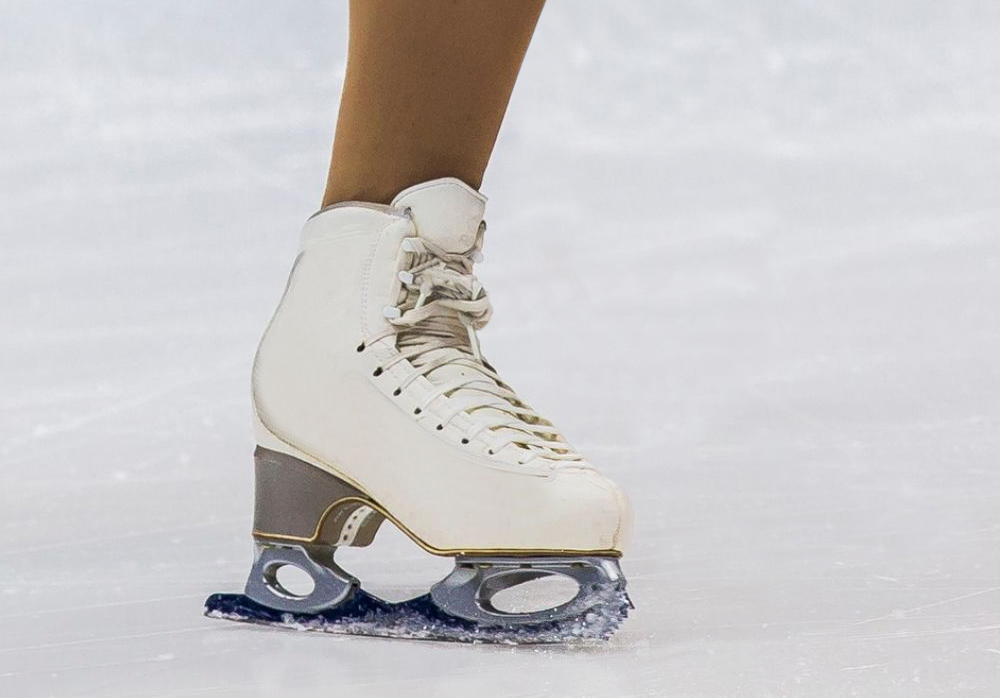Want to maximize your fun while skating? Make sure that the ice temperature is -7°C!
For many years I thought that concentrated pressure is what melts the ice when you skate, allowing you to glide over the ice. I remember a picture in a physics textbook long ago that led me to believe that the force of the skater, supported by the small surface area of the blade, causes localized pressure. That pressure melts the ice beneath the blade, creating a water lubrication layer that lowers the friction.

But Bowden and Tabor1 (who we mention so often in this blog!) looked into the situation and determined that this was not the case at all. In researching how objects slide on snow and ice, they found that pressure alone is not enough to melt the ice. What’s more, they found that the friction between the ice and blade (actually a miniature ski test sample) varied with temperature. Further research by Bonn et al 20181 found that the friction of ice is actually very high at -100°C, and grippy. Friction reaches a minimum at -7°C, then increases steeply near 0°C. Pressure melting alone cannot explain this effect.
Bowden and Tabor concluded that friction is dependent on the temperature of the ice, and that the dominant mechanism at play is actually friction melting. Friction causes the ice to increase in temperature as the blade passes over, and to remain melted for some brief period of time. At -100°C the ice is so cold that it barely melts for any length of time at all, and thus friction remains high regardless of pressure. When the ice is close to the melting point, however, it melts readily and remains that way long enough to lubricate the skate as it passes over. At 0°C the ice is already close to melting.
Bonn et al have further investigated what is happening at the molecular level around -7°C…much more advanced physics is happening!
Next time you are out for a skate, think about what’s happening beneath your blades. There’s a lot going on!
- Frank Philip Bowden and David Tabor, Friction: An Introduction to Tribology, Doubleday and Co, Inc, 1973.
- Laurie Winkless, Sticky: the secret science of surfaces, Bloomsbury Publishing Plc, 2022, pp 213-246.
